
Nissan Leaf Hatchback (2011-2018) boot space, practicality and safety
.jpg)
How much space is there?
Practicality was obviously high on the list of priorities for the designers and engineers behind the project. There’s ample space for five adults to get comfortable, though the middle rear passenger does have a rather large ‘transmission tunnel’ to contend with. Still, the airy feeling afforded by the deep side windows will likely prove a hit with families as children should be able to see out easily.
The boot’s not exactly massive with a seats-up capacity of 370 litres, but shouldn’t struggle with your weekly shop. This falls to 355 litres for cars equipped with a Bose stereo – worth the trade-off if you appreciate decent sound quality.
Safety
Nissan Leaf safety levels are high, and in fact the Leaf was the first full five-star electric car tested by Euro NCAP back in 2012. The Leaf is fitted with ABS and Electronic Brake Distribution, six airbags, (front side and curtain) and there are two ISOFIX points and a rear-view camera for safe and easy parking.
When not under charge, an electric relay within the vehicle turns off the power to isolate the charging port. Although the charging port is waterproof and has a drainage structure for use in the rain, in case of a short circuit, the supply of electricity is immediately interrupted.
The platform has been designed to protect the batteries and prevent short circuits in the event of an accident. In short, there’s no safety reasons to worry about when choosing a Leaf. As for all those stories in the wider media about EV fires, put them out of your mind – the Leaf is no more of a risk than any equivalent petrol of diesel cars.
Euro NCAP rating
Ratings for this model not available

Equipment and options
- 3x3 point rear seat belts
- ABS
- Audio remote
- Body coloured bumpers
- Climate control
- Driver`s airbag
- Electric mirrors
- Front electric windows
- PAS
- Passenger`s airbag
- Rear electric windows
- Remote locking
- Side airbags
- Traction control
- CD
- Cloth seat trim
- Cruise control
- Sat Nav
- n/a
- Alarm
- Cloth seat trim
- Cruise control
- Front fog lights
- Height adjustable drivers seat
- Isofix child seat anchor points
- Sat Nav
- Steering wheel reach adjustment
- CD
- Parking sensors
- Alarm
- Alloy wheels
- Cloth seat trim
- Cruise control
- Front fog lights
- Height adjustable drivers seat
- Isofix child seat anchor points
- Sat Nav
- Steering wheel reach adjustment
- CD
- Parking sensors
- Alarm
- Cloth seat trim
- Cruise control
- Front fog lights
- Heated seats
- Height adjustable drivers seat
- Isofix child seat anchor points
- Lumbar support
- Parking sensors
- Sat Nav
- Steering wheel reach adjustment
- CD
- Alarm
- Cruise control
- Front fog lights
- Heated mirrors
- Heated seats
- Height adjustable drivers seat
- Isofix child seat anchor points
- Leather seat trim
- Parking sensors
- Sat Nav
- Steering wheel reach adjustment
- CD
- Alarm
- CD
- Cloth seat trim
- Front fog lights
- Height adjustable drivers seat
- Isofix child seat anchor points
- Steel wheels
- Steering wheel reach adjustment
- n/a
- Alarm
- CD
- Cloth seat trim
- Cruise control
- Front fog lights
- Height adjustable drivers seat
- Isofix child seat anchor points
- Parking sensors
- Sat Nav
- Steering wheel reach adjustment
- n/a
Dimensions
| Length | 4445mm |
|---|---|
| Width | 1770mm - 1967mm |
| Height | 1550mm |


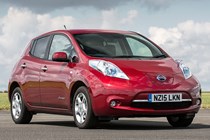
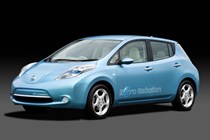
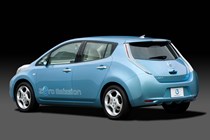
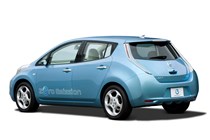
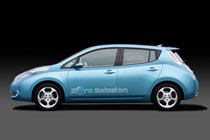
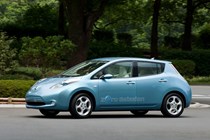
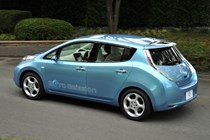
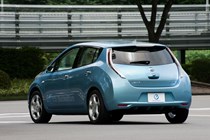
.jpg)
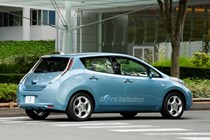
.jpg)
.jpg)
.jpg)
.jpg)
.jpg)
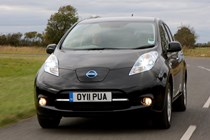
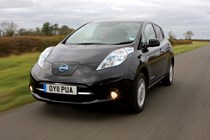
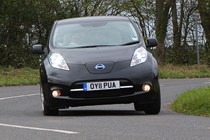
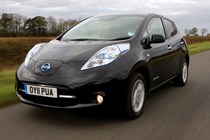
.jpg)
.jpg)
.jpg)
.jpg)
.jpg)
.jpg)
.jpg)
.jpg)
.jpg)
.jpg)
.jpg)
.jpg)
.jpg)
.jpg)
.jpg)
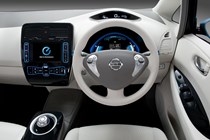
.jpg)
.jpg)
.jpg)
.jpg)
.jpg)
.jpg)
.jpg)
.jpg)
.jpg)
.jpg)
.jpg)
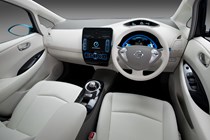

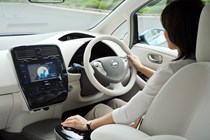

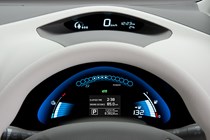
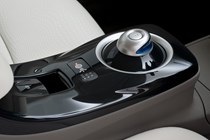
.jpg)
.jpg)
.jpg)
.jpg)
.jpg)
.jpg)
.jpg)
.jpg)
.jpg)
.jpg)
.jpg)
.jpg)
.jpg)
.jpg)
.jpg)








.jpg?quality=50)

.jpg?quality=50)
.jpg?quality=50)
.jpg?quality=50)
.jpg?quality=50)
.jpg?quality=50)




.jpg?quality=50)
.jpg?quality=50)
.jpg?quality=50)
.jpg?quality=50)
.jpg?quality=50)
.jpg?quality=50)
.jpg?quality=50)
.jpg?quality=50)
.jpg?quality=50)
.jpg?quality=50)
.jpg?quality=50)
.jpg?quality=50)
.jpg?quality=50)
.jpg?quality=50)
.jpg?quality=50)

.jpg?quality=50)
.jpg?quality=50)
.jpg?quality=50)
.jpg?quality=50)
.jpg?quality=50)
.jpg?quality=50)
.jpg?quality=50)
.jpg?quality=50)
.jpg?quality=50)
.jpg?quality=50)
.jpg?quality=50)






.jpg?quality=50)
.jpg?quality=50)
.jpg?quality=50)
.jpg?quality=50)
.jpg?quality=50)
.jpg?quality=50)
.jpg?quality=50)
.jpg?quality=50)
.jpg?quality=50)
.jpg?quality=50)
.jpg?quality=50)
.jpg?quality=50)
.jpg?quality=50)
.jpg?quality=50)
.jpg?quality=50)